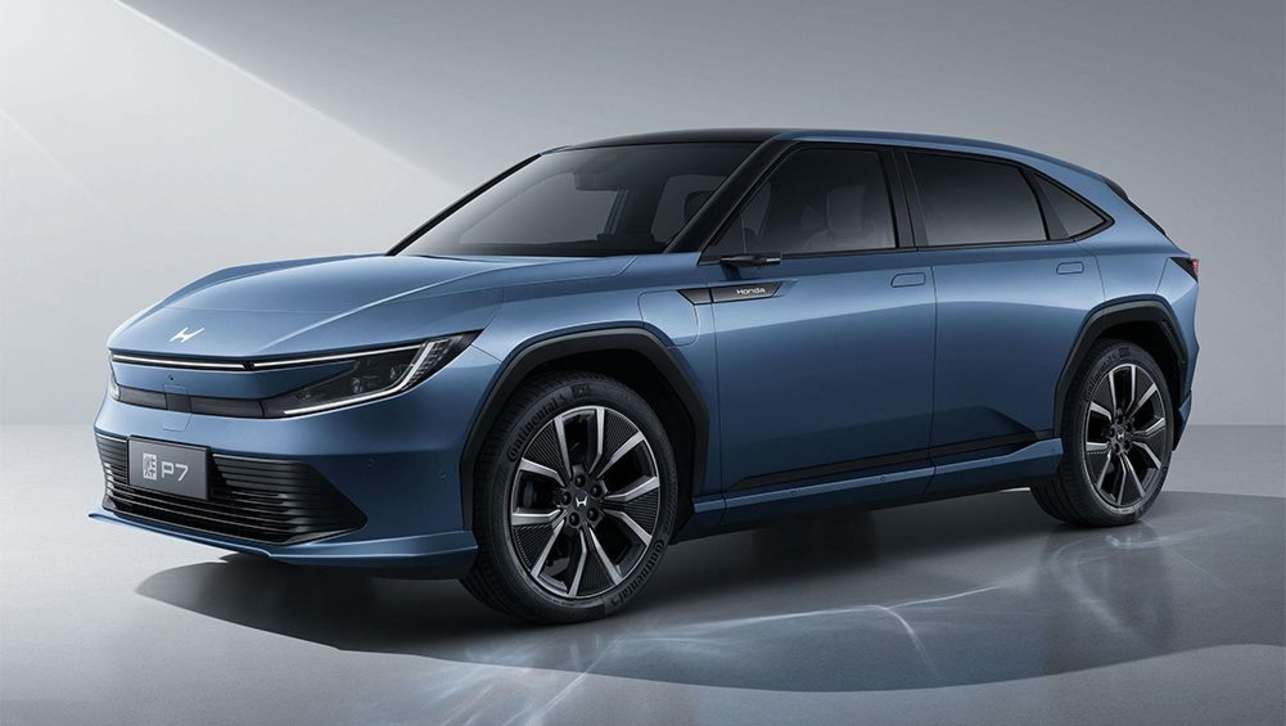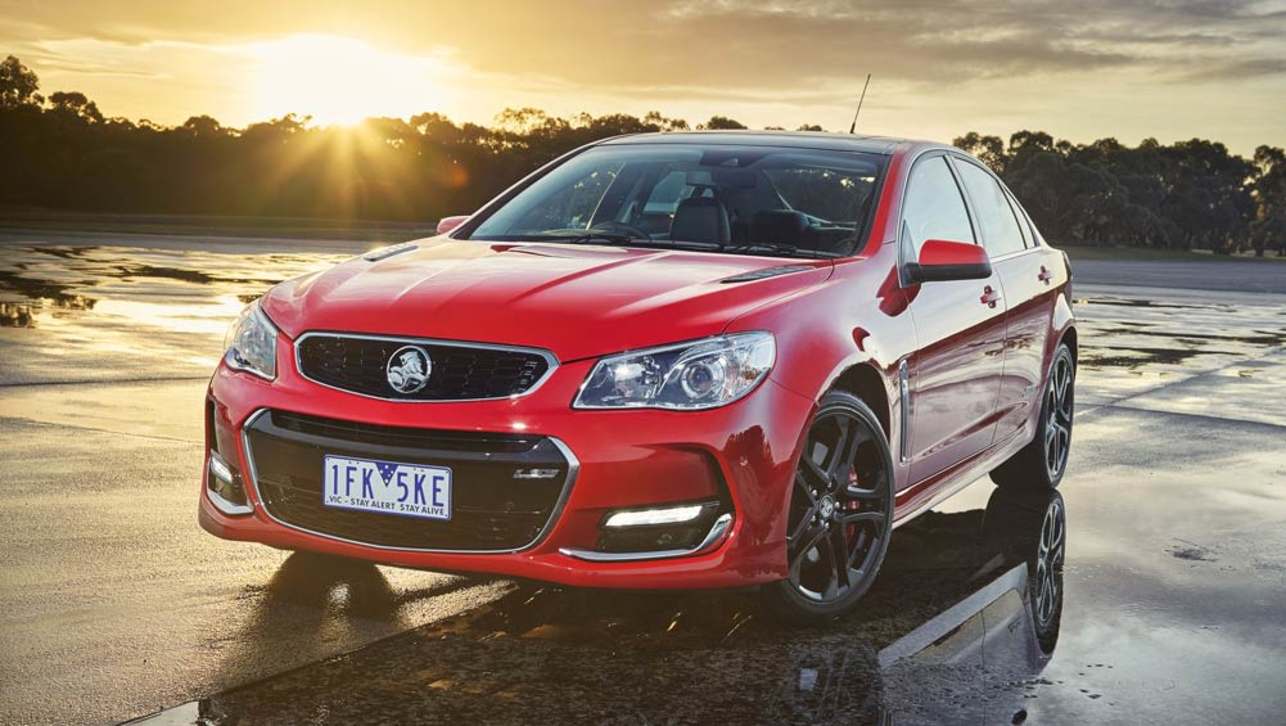The latest fuel-cell technology collaboration between Honda and General Motors (GM) will see hydrogen fuel-cell systems go into large-scale production and power vehicles from both brands after 2020.
A co-investment pool of $US85m ($A112m) underpins a Fuel Cell System Manufacturing joint venture (JV), based at GM's Brownstown assembly plant in Michigan, and is expected to create about 100 jobs.
This latest announcement follows the July 2013 establishment of a partnership between the two companies focused on fuel-cell technologies, which led to the sharing of intellectual property and creation of a single development team.
2220 fuel-cell-related patents were filed between 2002 and 2015 by GM and Honda, which saw them rank number one and three in total applications respectively, according to the Clean Energy Patent Growth Index.
Honda North American president and North American region COO Toshiaki Mikoshiba said the next stage of the JV could progress thanks to the hard work of the engineers involved.
Honda and GM are also attempting to reduce the development and manufacturing costs of fuel-cell systems.
"Over the past three years, engineers from Honda and GM have been working as one team with each company providing know-how from its unique expertise to create a compact and low-cost next-gen fuel-cell system," he said.
"This foundation of outstanding teamwork will now take us to the stage of joint mass production of a fuel-cell system that will help each company create new value for our customers in fuel-cell vehicles of the future."
Honda and GM are also attempting to reduce the development and manufacturing costs of fuel-cell systems, in addition to partnering with governments to assist with the establishment of fuel-cell refuelling infrastructure.
The Australian Capital Territory (ACT) government announced in August 2016 that it had agreed to purchase 20 of Hyundai's next-generation fuel-cell electric vehicles (FCEV), due in 2018.
These vehicles will be fuelled with hydrogen produced by the Hornsdale Wind Farm in South Australia that could ultimately offer enough capacity to fuel up to 1000 FCEVs per year.
The only emissions from a fuel-cell system are water vapour, which presents a viable future alternative for environmentally-conscious drivers.
The combination of two leaders in fuel-cell innovation is an exciting development in bringing fuel cells closer to the mainstream of propulsion applications.
GM global product development and purchasing chief (and former chairman and managing director of Holden) Mark Reuss said customers will have more options thanks to the development of mainstream fuel-cell technologies.
"The combination of two leaders in fuel-cell innovation is an exciting development in bringing fuel cells closer to the mainstream of propulsion applications," he said.
"The eventual deployment of this technology in passenger vehicles will create more differentiated and environmentally friendly transportation options for consumers."
Honda launched its latest generation Clarity FCEV – which boasts a 589km range – in Japan during the first half of 2016, and the US in December, although it will not be released in Australia.
GM also has a storied history in developing fuel-cell powered vehicles, with one of its projects being a Chevrolet Colorado concept, developed in collaboration with the United States Army.
Australia currently lacks the appropriate infrastructure for alternative energy vehicles, which has resulted in no FCEVs being offered on sale or lease in the country.







.jpg)
.jpg)
.jpg)

.jpg)




.jpg)


.jpg)

.jpg)
.jpg)
.jpg)

.jpg)







Comments